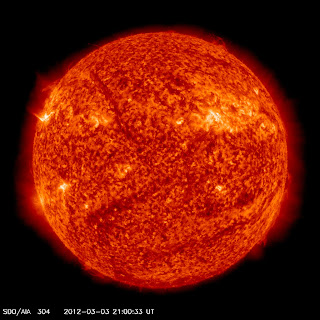Crab Nebula Supernova SN1054 remnant
When stars much bigger than our sun reach the end of their life, they often experience huge explosions called supernova. They leave behind beautiful supernova remnants like the ever popular crab nebula (pictured above). But why do these stars die in such violent ways? The answer lies deep inside the star.
Stars spend most of their life fusing Hydrogen in their core, which is what makes them shine so brightly. After a star uses up a good amount of its hydrogen, it can start burning heavier elements such as helium, oxygen, carbon, and silicon. It continually burns heavier elements, creating onion like shells of elements on the core, until it gets to iron. At this point, the core is so hot that the light it releases is able to break apart elements down to its constituent protons, neutrons and electrons, essentially undoing the creation of heavy elements that the star just spent its whole life doing. The pressure in the core that's holding up the now "puffy" star begins to decrease and eventually the star implodes on itself. The in fall of material eventually bounces off the now super dense core, creating a shock wave outward. If the shock wave has enough energy, it will burst through the surface of the star, as what we call a core collapse supernova explosion! It essentially blows the star apart, leaving behind only the super dense core, now called a neutron star.
Image Credit: NASA/HST


